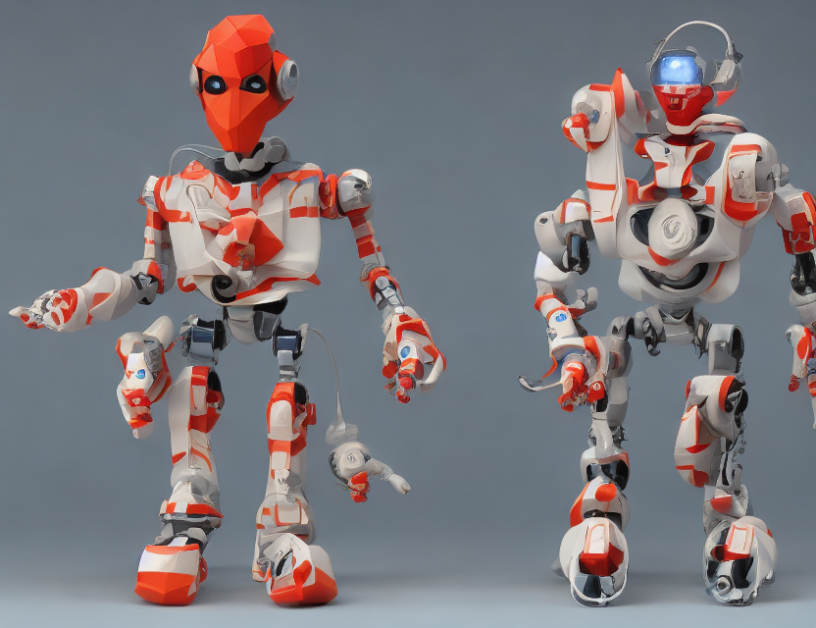The mentor-child paradigm is a unique experimental method that seeks to understand how individuals with ASD interact with robots. In this setup, a child with ASD is paired with a NAO robot, which serves as the "student." The child acts as the "teacher," guiding the robot through various tasks and interactions. By observing how children with autism teach robots, researchers can gain valuable insights into their social and cognitive abilities.
Emphasizing Ignorance
To create a more immersive experience for both the child and the robot, the mentor-child paradigm requires the child to emphasize their ignorance of certain concepts. By acknowledging their limitations, the child can better relate to the robot’s inabilities, fostering a deeper understanding of its needs. This approach not only helps the child develop empathy but also provides valuable insights into how individuals with autism perceive and interact with robots.
Neutralizing Language Barriers
One significant advantage of the mentor-child paradigm is that it neutralizes language barriers, allowing researchers to study ASD without the complexities of language pragmatics. By using a robot as the student, the child can communicate their ideas more effectively, without worrying about language processing or social nuances. This setup offers a unique opportunity to explore the cognitive and social abilities of individuals with autism in a more controlled and accessible environment.
Modifying the Paradigm for ASD
While the mentor-child paradigm has been successful with neurotypical children, modifications may be necessary when working with individuals with ASD. To ensure the method’s suitability for ASD, researchers must consider factors such as the difficulty level of the interactions and the child’s understanding of the concept of ignorance. By tailoring the paradigm to the child’s abilities, researchers can maximize the potential of this innovative approach.
Conclusion
The mentor-child paradigm offers a promising opportunity to demystify ASD and provide valuable insights into how individuals with autism interact with robots. By using this experimental method, researchers can gain a deeper understanding of cognitive and social abilities in ASD, while also developing empathy and motivation for helping others. As technology continues to advance, the mentor-child paradigm may play an increasingly important role in unlocking the secrets of autism and improving the lives of individuals with this complex condition.



